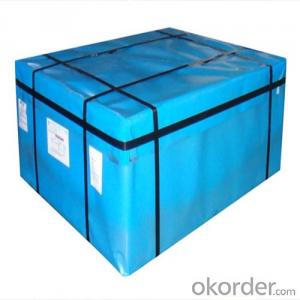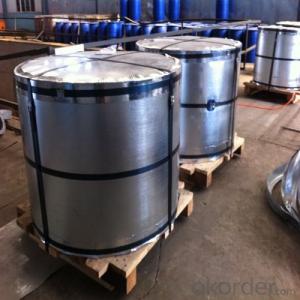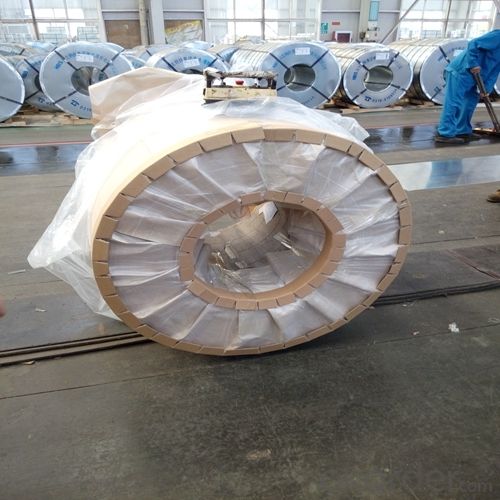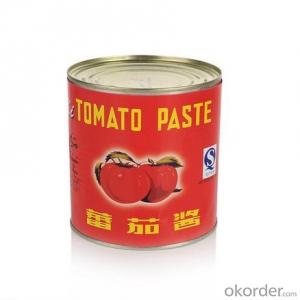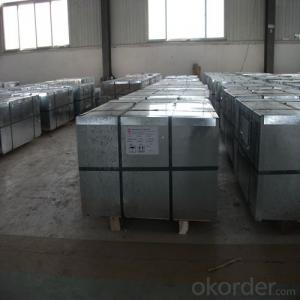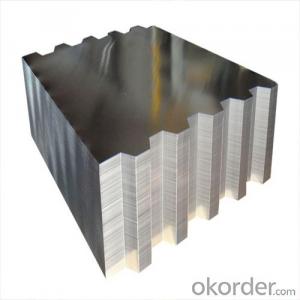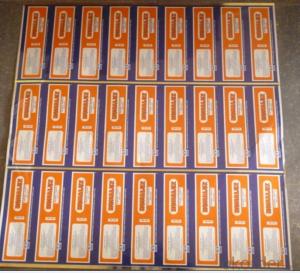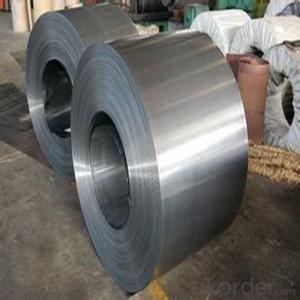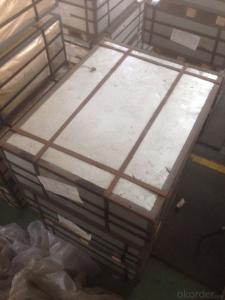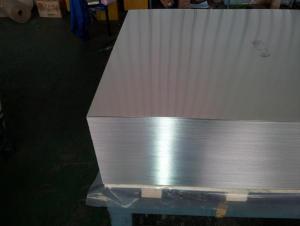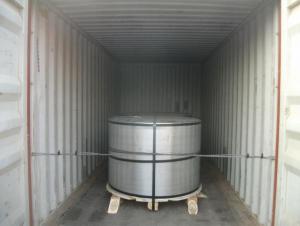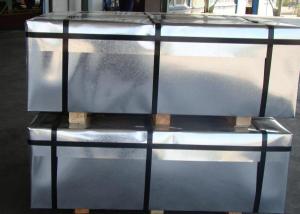Electrolytic Tinplate Coils of Prime Quality for Chemical Industrial Use 0.34mm Thickness
- Loading Port:
- Qingdao
- Payment Terms:
- TT OR LC
- Min Order Qty:
- 50 m.t.
- Supply Capability:
- 30000 m.t./month
OKorder Service Pledge
OKorder Financial Service
You Might Also Like
1.Structure of Electrolytic Tinplate Coils of Prime Quality for Chemical Industrial Use 0.34mm Thickness Description
Electrolytic Tinplate, is one thin steel sheet with a coating of tin applied by electrolytic deposition. Tinplate made by this process is essentially a sandwich in which the central core is strip steel. This core is cleaned in a pickling solution and then fed through tanks containing electrolyte, where tin is deposited on both sides. As the strip passes between high-frequency electric induction coils, it is heated so that the tin coating melts and flows to form a lustrous coat.
2.Main Features of the Electrolytic Tinplate Coils of Prime Quality for Chemical Industrial Use 0.34mm Thickness
The origin of tinplate is from Bohemian, from 14th century, the people there began to produce tinplate. Also known as electrolytic tinplate, which stand for tin coating on the surface of cold rolled coil for preventing rust. The unique characteristics of tinplate steel decides its comprehensive range of application in international tinplate packaging industry. With the abundance extend of CC and DR steel material, and tin free steel, which enhance the development of technology of packaging industrialization, the innovation is ubiquitous in tinplate steel.
The feature of anti-oxidation, various kinds and beauty in printing enable tinplate enjoys widely usage in food can package, pharmaceutical package, daily application packing, apparatus package and industrial pack.
From the first food can to be produced in the year of 1810 in British, the development trend of tinplate has become thinner thickness and less tin coating to adjust the change of can industry and save cost.
3. Electrolytic Tinplate Coils of Prime Quality for Chemical Industrial Use 0.34mm Thickness Images
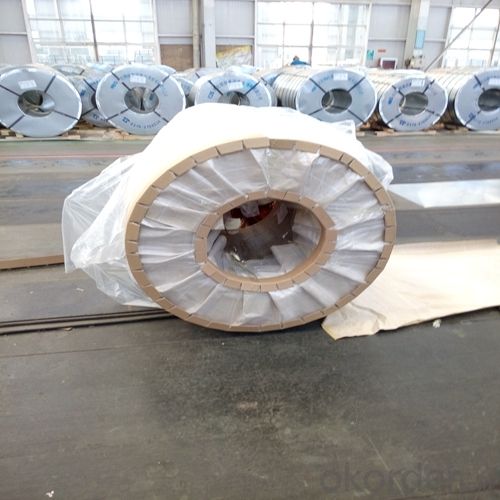
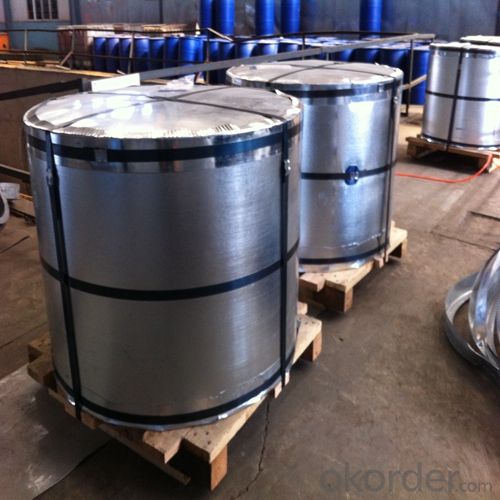
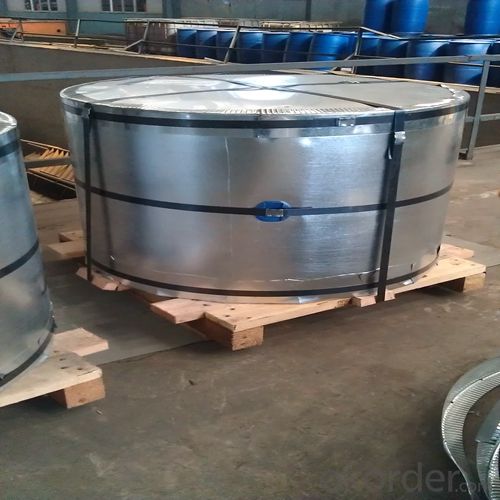
4.Electrolytic Tinplate Coils of Prime Quality for Chemical Industrial Use 0.34mm Thickness Specification
Standard: ISO 11949 -1995
Material: MR
Thickness:0.34mm
Width: 600mm
Temper: T3
Annealing: BA
Coil Inner Diameter: 508mm
Weight: 6-10 tons/coil 1~1.7 tons/sheets bundle
Passivation:311
Oil: DOS
Surface: Finish
5.FAQ of Electrolytic Tinplate Coils of Prime Quality for Chemical Industrial Use 0.34mm Thickness
- How are the tinplates specified?
The tinplates are specified as per the steel base, extent of tempering, the coating weight, annealing method and the surface finish.
- How many types there are for base steels?
The base steels are of three types: Type MR, L, D
- Q: What are the main applications of tinplate in the construction industry?
- Tinplate is commonly used in the construction industry for various applications, including roofing, cladding, and insulation. It provides durability and corrosion resistance, making it suitable for outdoor structures. Tinplate can also be used for decorative purposes, such as wall panels and ceiling tiles. Additionally, it is used in HVAC systems and air ducts due to its heat resistance properties.
- Q: What are the main applications of tinplate in the paint industry?
- Tinplate is commonly used in the paint industry for the production of paint cans or containers. Its corrosion-resistant properties make it a suitable material for storing paint, ensuring that the paint remains fresh and uncontaminated. Additionally, tinplate cans are easy to seal, preventing any leakage or spillage of paint. Overall, the main application of tinplate in the paint industry is for the manufacturing of durable and reliable paint containers.
- Q: What are the disadvantages of using tinplate?
- Some disadvantages of using tinplate include its susceptibility to rust and corrosion, limited design options due to its rigid nature, higher cost compared to alternative materials, and potential health risks if the tin coating is damaged and ingested.
- Q: What is the difference between tinplate and tin-free steel?
- Tinplate is a type of steel coated with a thin layer of tin, which provides corrosion resistance and enhances its appearance. On the other hand, tin-free steel refers to steel that does not have a tin coating, making it more cost-effective but also less resistant to corrosion.
- Q: Can tinplate packaging be used for electronic products?
- Yes, tinplate packaging can be used for electronic products. Tinplate is a durable and corrosion-resistant material that provides good protection for electronic devices. It can be used to make packaging boxes, cases, or containers to safeguard and store electronic products effectively.
- Q: Can tinplate be used for confectionery packaging?
- Yes, tinplate can be used for confectionery packaging. Tinplate is a type of steel coated with a thin layer of tin, making it a durable and food-safe material. It provides excellent protection against moisture, light, and oxygen, which are important for maintaining the freshness and quality of confectionery products. Additionally, tinplate can be easily shaped and decorated, allowing for attractive and customized packaging designs.
- Q: Can tinplate be painted?
- Yes, tinplate can be painted.
- Q: How does tinplate impact the overall product safety?
- Tinplate plays a crucial role in ensuring the overall product safety. Its corrosion-resistant properties provide a protective barrier, preventing contamination and the formation of harmful substances. Tinplate also enhances the product's durability and helps maintain its integrity during transportation and storage. Additionally, tinplate is widely recognized for its food-grade properties, making it a preferred material in packaging food and beverages. Overall, the use of tinplate positively impacts product safety by safeguarding both the contents and consumers from potential risks.
- Q: How big is the difference between tinplate and stainless steel 316L?
- It will be the steel strength and formability and corrosion resistance of tin soldering, and beautiful appearance with a material, corrosion resistant, non-toxic, high strength and good ductility properties.
- Q: Can tinplate be used as a water tower? Is hot water durable?
- Tinplate is commonly known as tin plated thin steel plate. It is a cold-rolled low carbon steel sheet or strip coated with pure tin on both sides. Tin plays a major role in preventing corrosion and rusting.
Send your message to us
Electrolytic Tinplate Coils of Prime Quality for Chemical Industrial Use 0.34mm Thickness
- Loading Port:
- Qingdao
- Payment Terms:
- TT OR LC
- Min Order Qty:
- 50 m.t.
- Supply Capability:
- 30000 m.t./month
OKorder Service Pledge
OKorder Financial Service
Similar products
Hot products
Hot Searches
Related keywords
